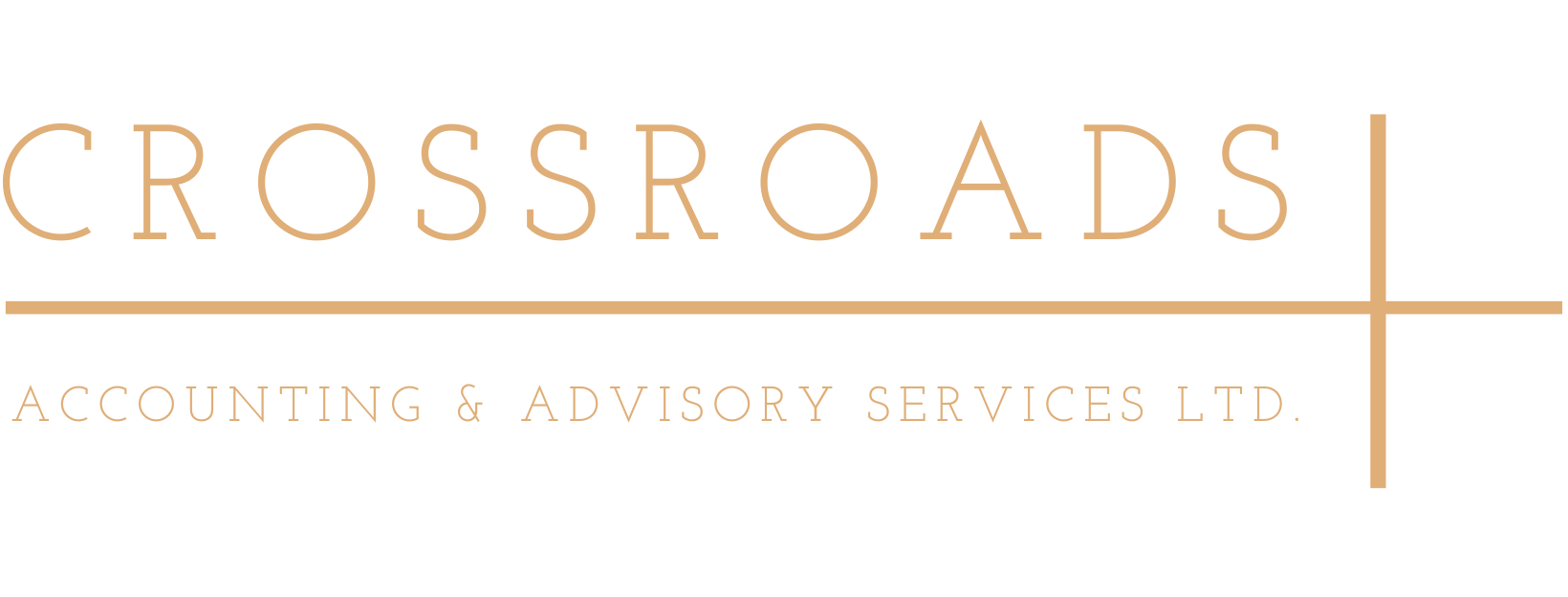Reducing the Uncertainty: Performance Monitoring and Analysis
Here Are Five Ways Performance Monitoring Can Ease Your Uncertainty
1) Real-time sales and revenue dashboards
Set up Sales Dashboards to monitor sales figures, revenue streams and customer acquisition costs.
This makes it easier to spot dips or surges in demand, giving you time to adjust your marketing strategies, inventory levels or pricing. When the market changes, you’ve got the data in front of you to help you respond and remain agile.
2) Track KPIs for operational efficiency
Key performance indicator (KPI) dashboards help you monitor crucial operational metrics like direct costs, delivery times and resource utilisation.
By monitoring and analysing these KPIs, you can look for the inefficiencies that are most affected by economic instability. When metrics show poor performance, you can take swift action to deal with rising operational costs, or poor utilisation of your resources and workforce.
3)Monitor customer behaviour and trends
Tracking your customer data helps you spot patterns in customers’ purchasing patterns, website engagement and social media interactions.
When you have data that demonstrates clear customer preferences and trends, you have the evidence needed to change strategy. The business can adapt its offerings and marketing efforts to remain relevant and competitive, even while dealing with erratic economic conditions.
4)Review financial forecasts regularly
Create detailed financial forecasts, including cashflow projections, revenue forecasts and profit and loss forecasts. Use your software tools to compare your actual performance data against these forecasts, so you can see the variances and where action is needed.
This helps you anticipate potential financial challenges and economic instability, with enough time to react and refine your future tactics and strategy.
5) Analyse profitability by product and service
Use your software’s performance metrics and tracking to understand which products, services and customer segments are most profitable – and also which are proving to be most resilient during the current economic uncertainty and upheaval.
When you know which products and segments are the most stable, you can adjust your sales and marketing strategy to focus on these specific targets. You can also pivot away from more vulnerable offerings or customer groups, helping you generate more stable revenues.
Making Your Financial Future Clearer and Easier To Navigate
Today’s forecasting tools and KPI dashboards give you all the data and metrics you need to stay one step ahead of the current economic uncertainty and market instability.
Come and talk to us about setting up the most useful dashboards and metrics for your business – and find out how we can guide you through uncertain times.




